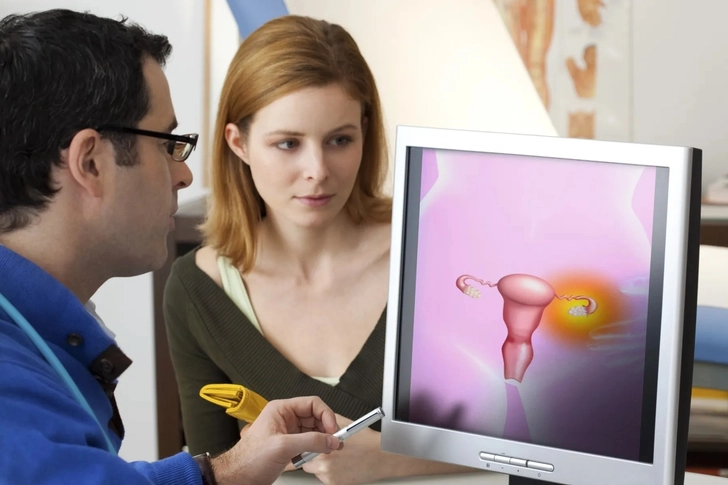Understanding Endometriosis and Endometrial Cancer


What Are Endometriosis and Endometrial Cancer?
Endometriosis and endometrial cancer are two conditions that involve the growth of abnormal cells in and around your uterus. While they may share some similarities, they have key differences, including their symptoms, risk factors, and treatment options.

What Is Endometriosis?
This chronic health condition causes uterine tissue (endometrium) to grow outside your uterus. Endometriosis is not a form of cancer.

What Is Endometrial Cancer?
This form of cancer causes the cells of the endometrium to grow out of control and form a tumor. These cancer cells begin in the uterus but can spread throughout your body.

Comparing Symptoms
The most noticeable symptom of endometriosis is pain during your periods. This is because the endometrial tissue often bleeds with the lining of the uterus, causing swelling and scarring.
Endometrial cancer typically involves abnormal bleeding both during and between periods. In its later stages, the disease may also cause abdominal pain and swelling.

Who’s at Risk?
You can get endometriosis as soon as you begin menstruating, but it's generally diagnosed in your 30s and 40s. Other risk factors include having long periods and menstruating before the age of 12.
In contrast, endometrial cancer is less common when you're younger. It's generally diagnosed after the age of 60. Both endometriosis and endometrial cancer are more common in those with a family history.

Diagnosing the Conditions
The diagnosis process is similar for both endometriosis and endometrial cancer. Your doctor will take a full medical history, ask you to describe your symptoms, and may do imaging tests such as an ultrasound or MRI. To make a final diagnosis, the doctor will likely need to do a biopsy to identify the tissue. Early detection is key to successfully treating endometrial cancer, whereas endometriosis can take years to diagnose correctly.

Treatment Options
A major difference between these two conditions is their treatability. Endometriosis is a chronic disease with no cure, whereas endometrial cancer can be treated and cured. Endometriosis symptoms are managed with pain medication, hormone therapy, and sometimes surgery. And endometriosis may get better after you go through menopause. Endometrial cancer almost always requires surgery and often includes radiation therapy and chemotherapy. Depending on the stage of the cancer, it may also come back.
Recognizing their symptoms and understanding their differences can help you take control of your reproductive health. There's some evidence that endometriosis may increase your odds of developing ovarian and endometrial cancer, so schedule regular checkups and talk to your doctor if you have questions or concerns.
IMAGES PROVIDED BY:
Shutterstock
SOURCES:
American Academy of Family Physicians: "Endometriosis."
American Cancer Society: "Endometrial Cancer."
Cancer Imaging: "Typical and atypical metastatic sites of recurrent endometrial carcinoma."
Dana-Farber Cancer Institute: "How is Endometriosis Different from Endometrial Cancer?"
Endometriosis.org: "Causes," "Facts about endometriosis," "Long-term effect on physical, mental, and social wellbeing due to endometriosis," “Treatments," "Myths and misconceptions in endometriosis."
Endometriosis Foundation Of America: "Endometriosis Symptoms: Abnormal Periods," "Endometriosis: Fast Facts."
Harvard Health Publishing: "Does endometriosis increase cancer risk?"
Illinois Department of Public Health: "Facts About Endometriosis."
Johns Hopkins Medicine: "Endometriosis."
Mayo Clinic: "Endometriosis."
National Endometriosis Society (UK): "Understanding Endometriosis - Information Pack."
University of Texas MD Anderson Cancer Center: "Does endometriosis increase cancer risk?"
U.S. Department of Health and Human Services Office of Women's Health: "Douching," "Endometriosis."